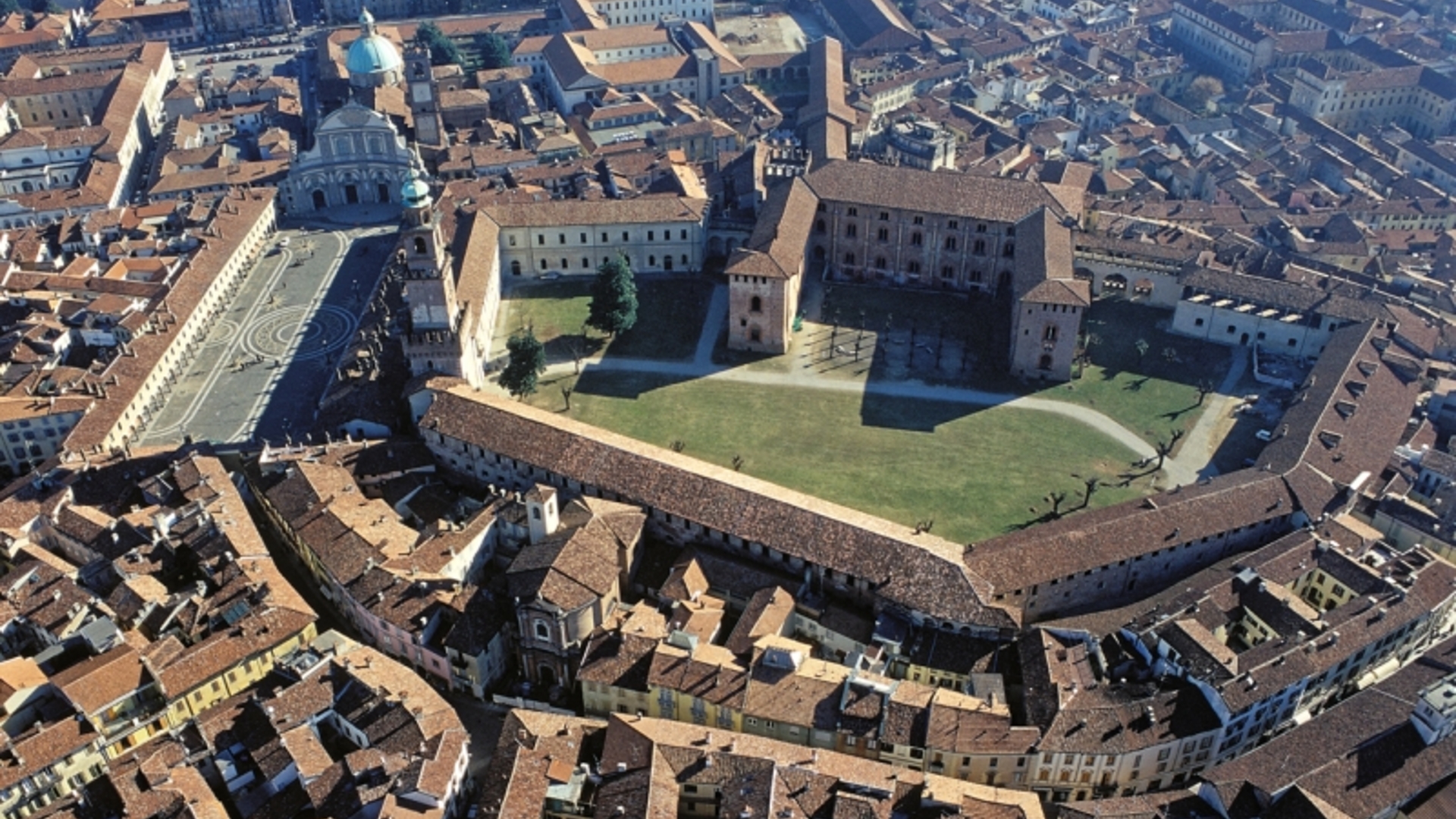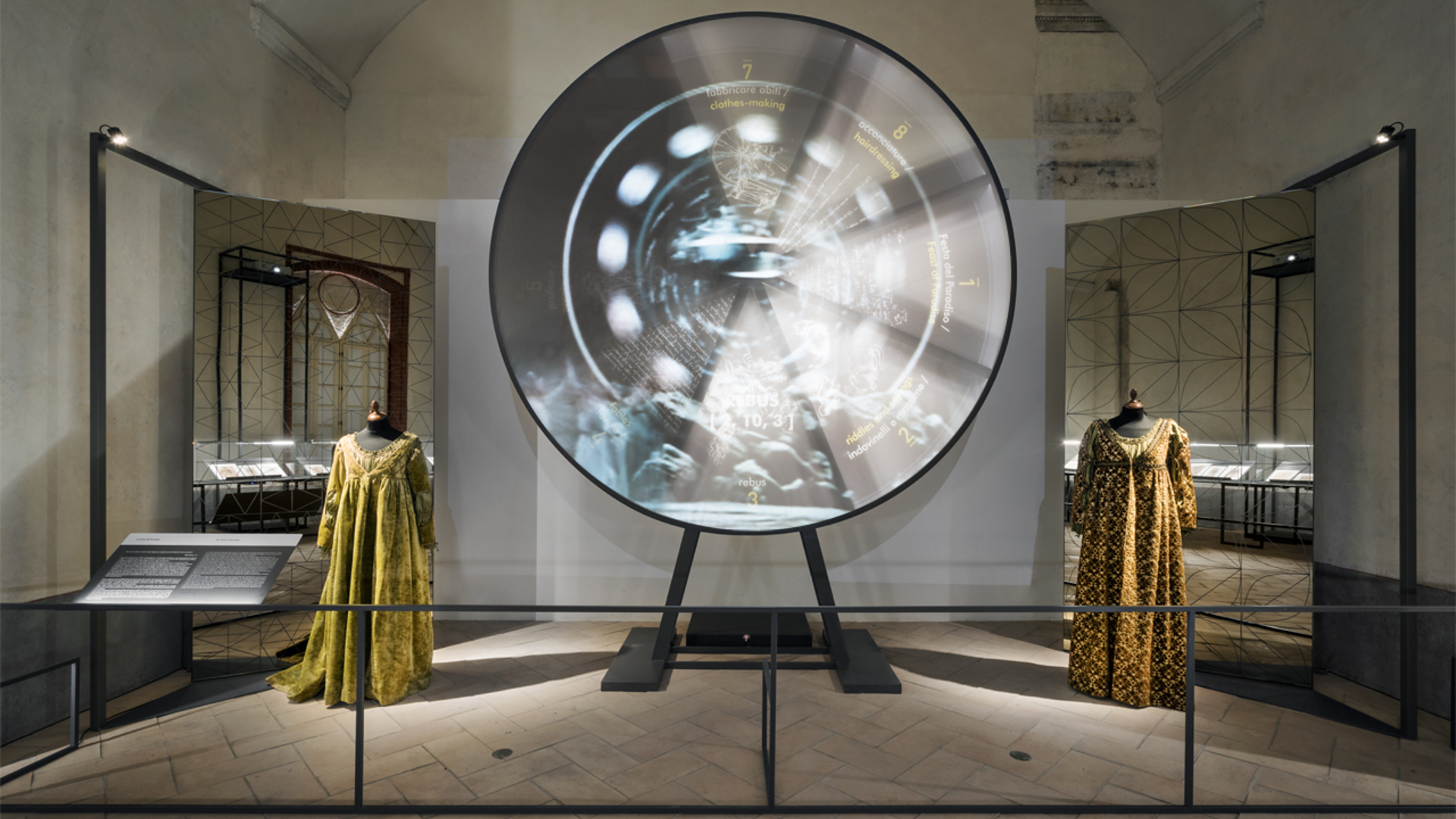Architectures
LEONARDIANA MUSEUM
City: VIGEVANO
|Year: 2016
|Status: Completed
An ambitious revitalisation plan, promoted by Consorzio A.S.T. Vigevano – Agenzia per lo sviluppo territoriale with Comune di Vigevano and Associazione Irrigazione Est Sesia, supported by Fondazione Cariplo and Arcus (now incorporated in Ales), with the organizing collaboration of Gamm-Giunti, that aims to transform part of the ancient castle into a museum dedicated to Leonardo da Vinci.
An innovative project on local development whose aim is to strategically enhance the combination of both the historical-artistic and the environmental heritage through the new multimedia technologies.
The project has already begun to built a local system based on culture, tourism and innovation centered on the figure of Leonardo da Vinci (who had been in Vigevano) water’s system and rice, all key elements of this territory. In this way the Castle can regain its historical role and become again, through the figure of Leonardo, the key element in the strong relation between Milan and the surrounding territory.
Result of a competition launched by Consorzio A.S.T. in 2012, the permanent exhibition, conceived by Migliore+Servetto Architects for “Leonardiana. Un museo nuovo”, develops, by advanced light tools, multimedia and environmental graphics design, a definitely innovative narration tool which leads the visitor to explore the main phases of Leonardo’s thinking during his lifetime, with the curatorship of Claudia Zevi&Partners and with the supervision of Carlo Pedretti.
The set up fits lightly within the Maschio of the Castle independently and non-invasively, allowing the reading of the historical rooms of the Palazzo Ducale, but offering at the same time an immersive experience of knowledge and exploration, defining a multimodal message made available to different audiences.
The exhibition itinerary winds along the historical rooms of the castle, defining unexpected storytelling places which evoke the richness of different contents: music, reproduction of artwork and drawings, scientific contributions and interactive systems which, starting from his stay in Vigevano and thanks to his relationship with the Sforzas, propose a broader view of the whole body of the artist’s work and highlight original episodes.
Photo credits: Andrea Martiradonna












